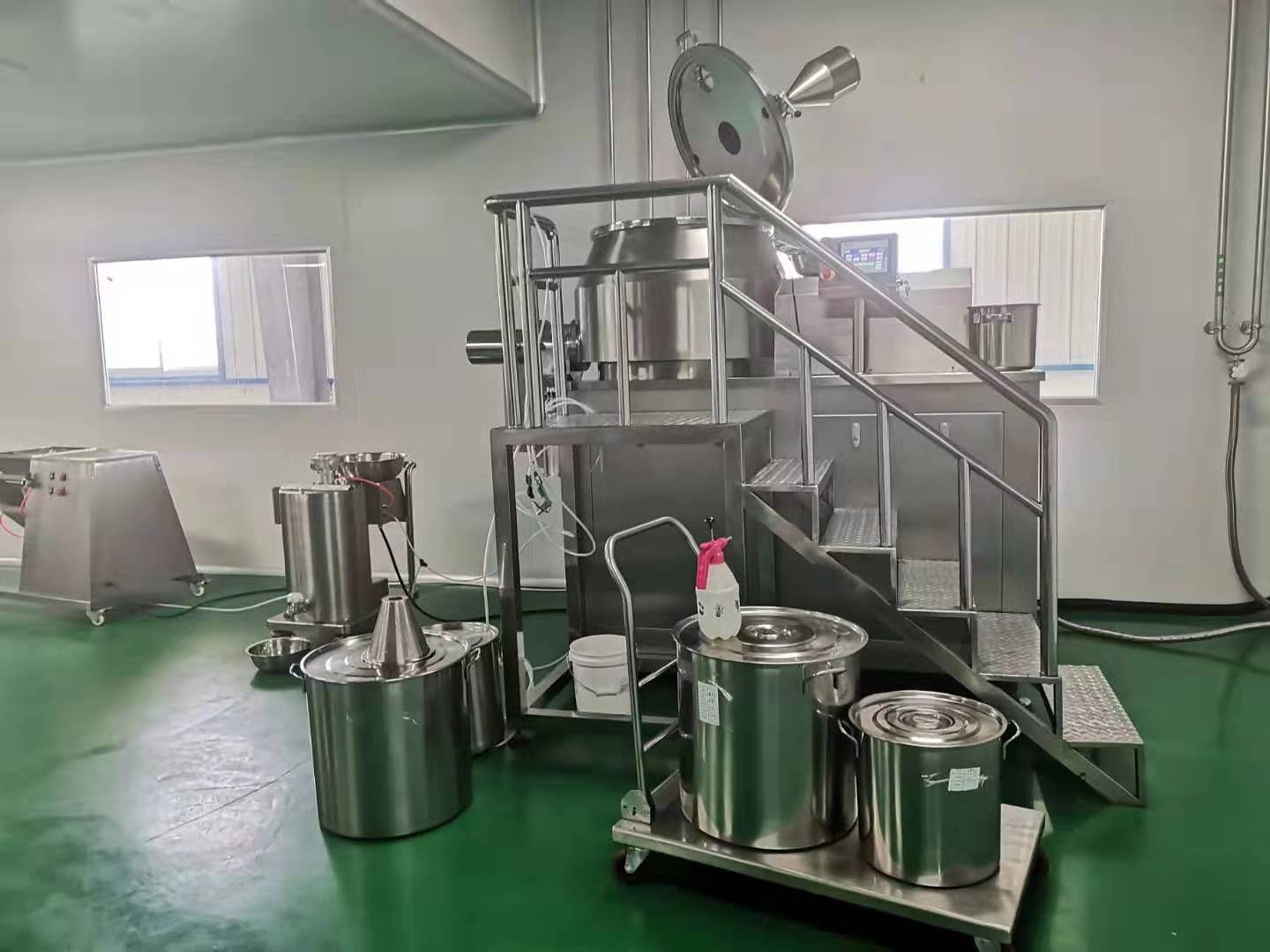What is Machine Design GMP?
Writer: admin Time:2021-04-27 17:50 Browse:℃
What does equipment design considering GMP refer to? Or how can a system or an equipment be designed to be compliant with GMP and suitable for API production? They are both common questions. But one point is certain that the system has to be qualifiable.
Here we would like to give some more detailed explanation to answer to the questions. First of all, it should be clear that it’s impossible to have a general GMP certification or regulation document for all equipment since different drugs are produced in variable processes: dry granulation, tablet compression, fermentation, sterile filling and so on. If we further consider the production of chemical API, we will find that there are even more pharmaceutical processes. Besides, many other factors have influence on system design, such as whether the products should be manufactured in a sterile environment or not, whether the product is sensitive to oxygen or temperature... A few of general specifications can be applied to GMP compliant equipment design even though the requirements are quite diverse.
1) The system may not have any negative influence on end product quality;
2) The system should be cleaned easily;
3) The system has to comply with applicable technical rules;
4) The system has to be suitable for its purpose.
However, these four points are still broad and should be further explained.
1) The system may not have any negative influence on end product quality
This rule simply means that the equipment surface contacting product cannot have negative interaction with the product. Neither may the system emit substances, nor may components of product be absorbed onto the surface. In addition, there cannot be chemical reaction on the surface.

2) The system should be cleaned easily
This sentence is widely applicable in almost every GMP guidance of every country and institution. There are two objectives behind it. On the one hand, all surfaces (especially the inner surface contacting the product) should be smooth. It might be easier to wipe or rinse such smooth equipment than those equipment with score-mark surface. In these score marks, bacteria could survive the cleaning or disinfection for one thing; for another thing, products will remain in the scores and blend with the subsequent product. This is also called cross contamination.
Those spots to be hardly reached is even worse than the score marks, on the other hand. In system structure, the most feared are so called dead corners or places which are not wetted by the cleaning agent or which the cleaning agent doesn’t reach. Those dead corners are either too dry or too wet. Thus they are harder to be cleaned. During thermal disinfection, these branches will even take longer to reach the required temperature.
In addition, this requirement is also suitable for equipment such as packing line. These machines are also required for easy cleaning so that the remaining products, leaflets and labels can be seen and removed during line clearing.
3) The system has to comply with applicable technical rules
Legally binding GMP regulations are some vague, especially when it comes to technical matters. Therefore, one question is: which technical regulation should be complied with? This of course depends on equipment features. In some cases, pharmacopoeia and official guidance can be helpful, so is ISO standards or VDI guidelines (Germany). Such associations as ECA, ISPE, PDA and VDMA also frequently publish documents with detailed information. It should be noted, however, these documents are rarely legally binding. Nevertheless, they are still usually used to prove that one’s own procedure is compliant with or better than the official rules.
4) The system has to be suitable for its purpose
This is one of the most important, as well as one of the hardest to be generalized. It indicates that the manufactured products shall conform to the predetermined quality requirements and therefore have the effect as the patients require. This point almost covers all of the above mentioned standards.
The applicability is proven by the system’s qualification. Furthermore, the qualification depends on the product. One system which has been qualified to be applicable to product A might be not to product B. The qualification process begins with user requirement specification (URS) and goes through DQ, IQ, OQ and PQ. This is also the reason why GMP compliance of a system or an equipment can only be realized by the manufacturer together with the user.